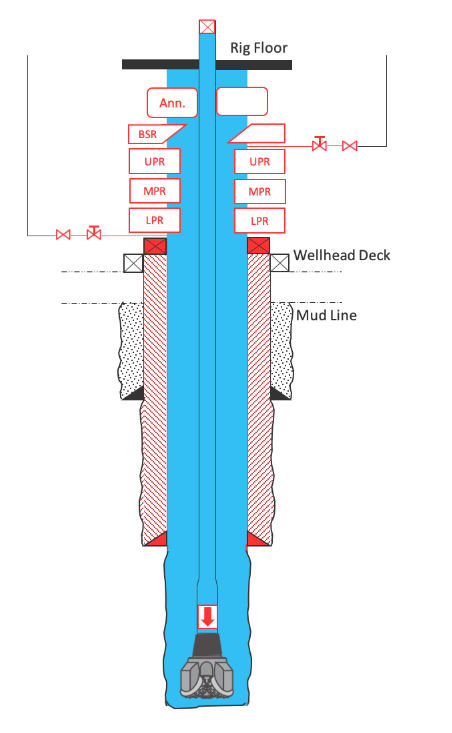Well Integrity as defined by IWICF is supported by principles that branch into distinct disciplines – Design, Technical, Structural, Operational and Organizational Integrity. Application of these principles to oil and gas projects is governed by various global well integrity standards, policies and procedures while being supported by several regional regulations on standards and quality.
Well Integrity
Principles & Standards
Reliability and Failure Assessment
As important as it is to install and verify barriers in a well, it is also crucial to quantitatively and qualitatively assess well barriers for their Reliability and Potential for Failure. Reliability and Failure Assessment of specific well barrier elements must be carried out not only with respect to well conditions during the ‘Drilling’ phase, but also for the expected life of the well.
Oil and Gas Disasters
Consequences of Well Integrity Failure
The Oil and Gas Industry, throughout its history has witnessed several prominent disasters that changed the outlook of the industry towards health, safety, short and long term integrity of wells and assets. In April 2010, the Macondo Blowout and Oil Spill in the Gulf of Mexico created a paradigm shift in the industry’s understanding of well integrity throughout a well’s life cycle. Post-Macondo, with continuous improvements to technology, policies and procedures, the industry still encounters challenges in establishing and maintaining well integrity.








